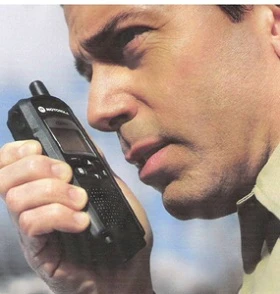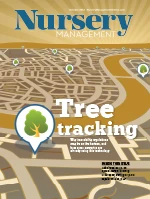
 On Jan. 1, 2013, all public safety and business industrial land mobile radio systems operating in the 150-512 MHz radio bands must cease operating using 25 kHz efficiency technology, and use at least 12.5 kHz efficiency technology.
On Jan. 1, 2013, all public safety and business industrial land mobile radio systems operating in the 150-512 MHz radio bands must cease operating using 25 kHz efficiency technology, and use at least 12.5 kHz efficiency technology.
This deadline is the result of an FCC effort that began almost two decades ago to ensure more efficient use of the spectrum and greater spectrum access for public safety and non-public safety users. Migration to 12.5 kHz efficiency technology (once referred to as refarming, but now referred to as narrowbanding) will allow the creation of additional channel capacity within the same radio spectrum and support more users.
After Jan. 1, 2013, licensees not operating at 12.5 kHz efficiency will be subject to FCC enforcement action, which may include monetary fines or loss of license.
Narrowbanding does not require moving to another frequency band or different channels. Licensees stay on the same channel centers, but reduce the bandwidth of the channels currently used and change the emission designator on the license.
Long time coming
Although this change has been in the works for almost 20 years, don’t assume your equipment is compliant. Ask your distributor or the manufacturer if you’re not certain. Provide distributors or manufacturers with a list of equipment you own and the year it was installed.
Narrowbanding affects all radio systems, including mobile radios and radio-based irrigation controllers. Check your pump station monitoring package and communication, as well as your weather station communication.
“The issues with narrowbanding-compliant equipment are very manufacturer specific,” said Brian Vinchesi, president of Irrigation Consulting. “Some users may have to only upgrade radios, while others may have to upgrade an entire control system.
“But the good news is that the manufacturers have been shipping narrowband compliant equipment for years; Toro and Hunter since approximately 2001 and Rain Bird since 1998.”
Before a new purchase, ask the manufacturer if you’ll have to replace it in 10 years if the FCC enacts another narrowbanding change, Vinchesi said.
“Be more educated and ask questions before you buy,” he added.
 Much of the equipment that Motorola has sold during the last decade has been capable of operating at 12.5 kHz, said Al Itner, senior manager of spectrum strategy at Motorola.
Much of the equipment that Motorola has sold during the last decade has been capable of operating at 12.5 kHz, said Al Itner, senior manager of spectrum strategy at Motorola.
“Our dealer organizations have been offering training sessions on this topic for the last four years,” he said.
J. Frank Schmidt & Son in Boring, Ore., found out its radio-based irrigation controllers, which were about seven years old, were compliant, said Sam Doane, production horticulturist at JFS. For its mobile radio system, the vendor helped with the compliance process.
“In our case, about one-third of our handhelds and all of our repeaters/base stations were not compatible with narrowband operation and had to be replaced. But the rest were reprogrammed once our FCC license was approved,” Doane said.

Explore the October 2012 Issue
Check out more from this issue and find your next story to read.
Latest from Nursery Management
- John Ruter shares UGA's latest woody and herbaceous ornamental plant breeding projects
- Conor Foy joins EHR's national sales team
- Pantone announces its 2026 Color of the Year
- Syngenta granted federal registration for Trefinti nematicide/fungicide in ornamental market
- Get to know Kayela Aeppli
- HILA 2025 video highlights: John Gaydos of Proven Winners
- Q&A with Justin Bartlett
- Be the best choice





